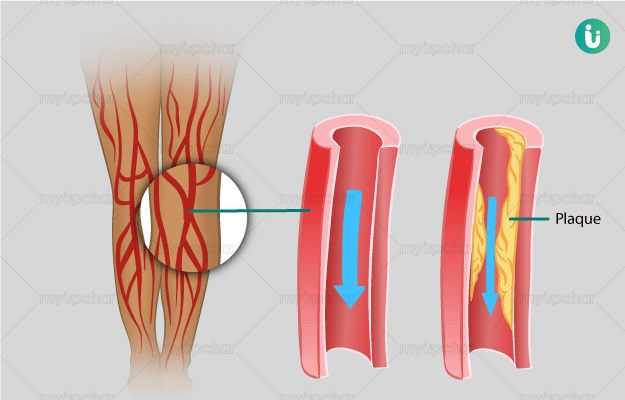Peripheral artery disease (PAD) is a condition in which the arteries that supply oxygen-rich to various parts of the body are narrowed due to the build-up of cholesterol in the lumen. The arteries of legs and pelvis are most commonly affected. It can be life-threatening if left untreated, as it can lead to a heart attack or stroke.
Here is the complete detail about the heart disease treatment.
PAD is one of the most common forms of peripheral vascular disease (or PVD). Peripheral vascular disease is an umbrella term that captures problems both the arteries and the veins (the blood vessels that take oxygen-poor blood back to the heart). Other types of PVD include:
- Chronic venous insufficiency, indicating a problem with the walls or the valves of the veins
- Deep vein thrombosis (DVT), caused by a blood clot somewhere in the veins of the peripheries
- Thrombophlebitis, in which inflammation and blood clots in the veins affect the peripheries, mostly the legs
- Varicose veins: The veins swell up and can become painful as the blood does not flow properly and starts collecting/pooling in places.
As the name suggests, peripheral artery disease affects blood flow to the peripheries, typically the legs. Read on to know all about peripheral artery disease symptoms, peripheral artery disease causes, peripheral artery disease diagnosis and peripheral artery disease treatment.
(Read More - Heart transplant)

 Doctors for PAD (Peripheral artery disease)
Doctors for PAD (Peripheral artery disease) 


































